#Hemicentetes semispinosus
Explore tagged Tumblr posts
Note
🥚
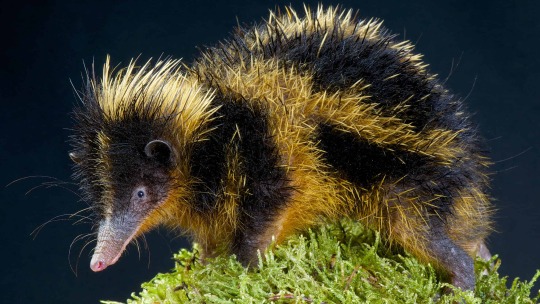
Lowland Streaked Tenrec!
(Hemicentetes semispinosus)
28 notes
·
View notes
Note
I’d like to request the lowland streaked tenrec!
Hell yeah! Silly little guys.


#madagascar#madagascar wildlife#tenrec#lowland streaked tenrec#mammalia#afrosoricida#animal polls#poll blog#my polls#animals#polls#tumblr polls
113 notes
·
View notes
Text

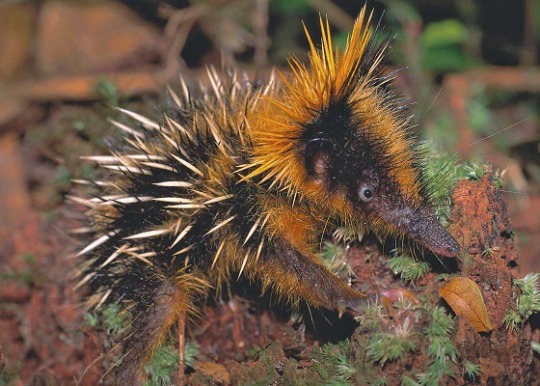

Talented Tenrecs
The lowland streaked tenrec (Hemicentetes semispinosus) is a member of the extraordinarily Tenrecidae family, which is found exclusively on Madagascar. This particular species resides on the east side of the island, in tropical rainforests. Their range can also overlap with their cousins the highland streaked tenrec, which inhabits both rainforests and savannas.
This species is quite small, ranging from only 140-172 mm (5.5- 6.8 in) in length and weighing 280 g (9.9 oz) at maximum. Despite their stature, they are hard to overlook as their coloration-- black with a bright yellow or orange crest and stripes-- can be quite striking. In many ways H. semispinosis resembles shrews and hedgehogs; the body-shape is round, with an elongated snout and large claws for digging. Like hedgehogs, the lownald tenrec also sports large quills along the length of its body as a means of protection. However, tenrecs are not at all related to hedgehogs and the resemblence is entirely due to convergent evolution.
In addition to acting as an impenetrable defence, the lowland tenrec's spines are also used for communication. When rubbed together the quills create a high-pitched sound that members of a group use to alert each other and warns away potential predators like snakes, fossas, mongooses, and civets. This species is the only known mammal to use this method of communication, which is more commonly found in insects and snakes.
H. semispinosis can be found either on their own or living in groups of up to 25, all of whom reside in underground burrows. Individuals spend most of their time foraging for their primary food source, worms, and is active both during the day and at night. However, during the winter months of June and July they may enter a state of hibernation known as torpor, during which they decrease their heart rates and metabolism.
Reproduction occurs during the rainy season, from November to May, though in ideal conditions the lowland streaked tenrec can breed year-round. Reproductively active males will spar one another for access to females, though females will also resist mating if they aren't receptive to the male. Pregnancy lasts about 58 days, after which the mother gives birth to an average of 6 young. The babies take less than a month to wean, and become fully mature at only 40 days old. On average, individuals can live about 30 months in captivity.
Conservation status: Within their range, the lowland tenrec is highly abundant and has a stable population, so is rated Least Concern by the IUCN.
If you like what I do, consider leaving a tip or buying me a ko-fi!
Photos
Harald Schütz
Desire Darling
#lowland streaked tenrec#Afrosoricida#Tenrecidae#streaked tenrecs#tenrecs#mammals#tropical fauna#tropical mammals#tropical rainforests#tropical rainforest mammals#islands#island mammals#africa#east africa#madagascar#animal facts#biology#zoology
267 notes
·
View notes
Text
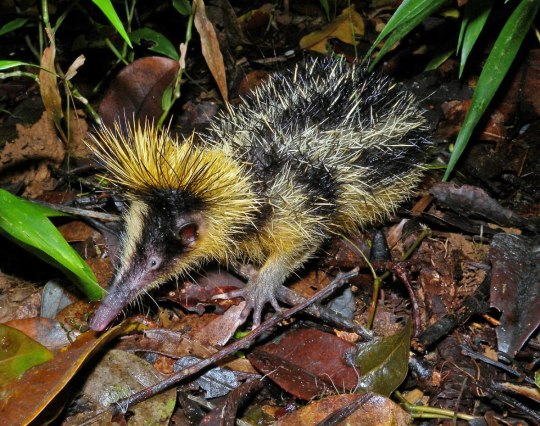
Lowland Streaked Tenrec (Hemicentetes semispinosus)
8 notes
·
View notes
Text

Gunther's Dik-Dik (Madoqua guentheri)

Fossa (Cryptoprocta ferox)

Colugo (Dermoptera)

Lowland Streaked Tenrec (Hemicentetes semispinosus)

Saiga Antelope (Saiga tatarica)
Mammals that are very much Creatures: a short compilation
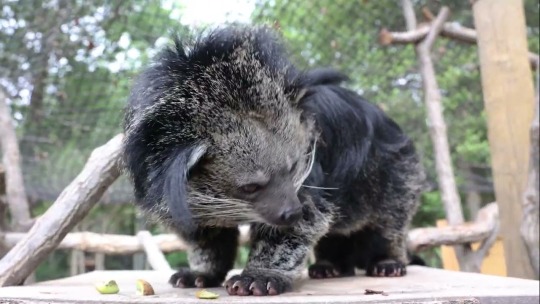
Binturongs
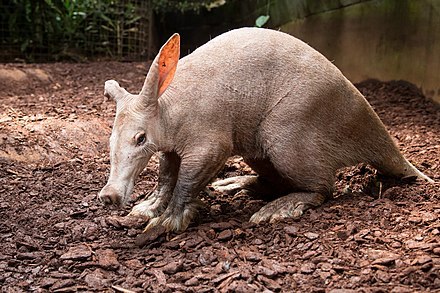
Aardvarks
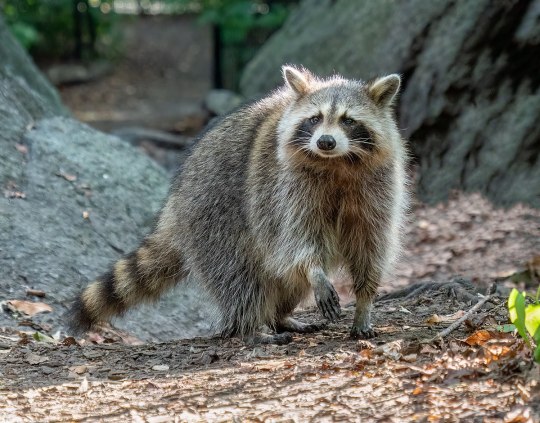
My main man mapache
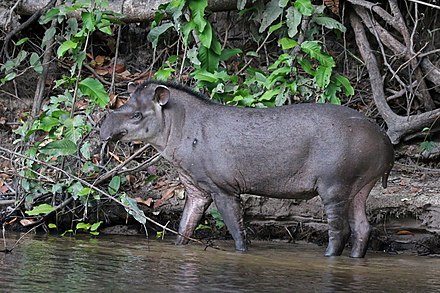
South American Tapir
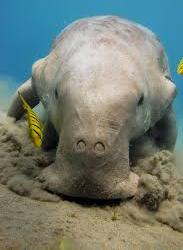
Dugong
Feel free to contribute
3K notes
·
View notes
Photo
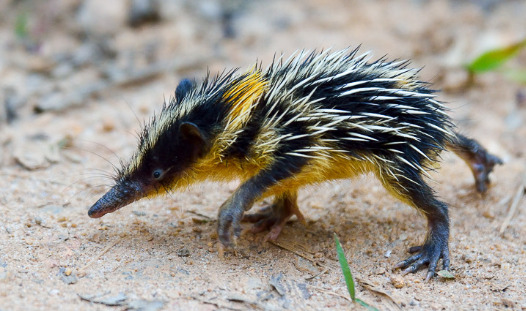
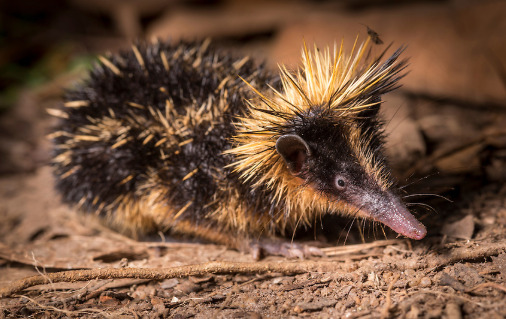

Lowland Streaked Tenrec Hemicentetes semispinosus
#hemicentetes semispinosus#hemicentetes#lowland streaked tenrec#tenrec#mammal#mammalia#mammology#wildlife#wildlife biology#animal#animalia#zoology#afrosoricida#tenrecidae#afrotherian#spines#quills#cool#weird#nature
549 notes
·
View notes
Photo
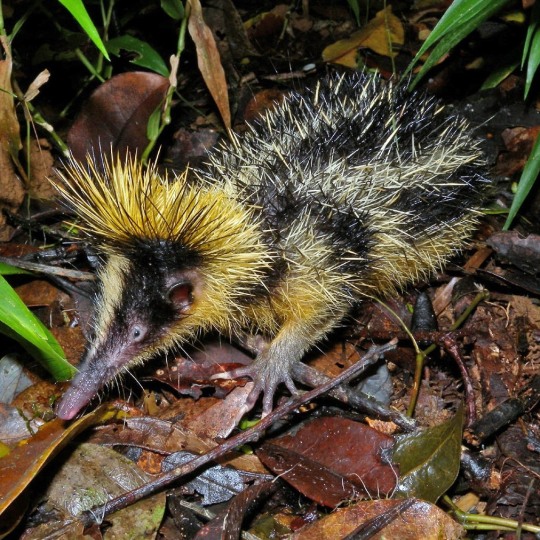
Lowland Streaked Tenrec (Hemicentetes semispinosus), Madagascar
Its quills can be deployed to discourage predators like the Malagasy ring-tailed mongoose and Dumeril boa. The quills aren’t just armor—they can also be used for communication! By rubbing quill tips together, the animal creates a sound that’s thought to signal others. This insectivore uses its pointy snout to go after earthworms and other small soft-bodied invertebrates.
Photograph: Frank Vassen, CC BY 2.0, flickr
via: American Museum of Natural History
150 notes
·
View notes
Text
Animal of the Day!
Lowland Streaked Tenrec (Hemicentetes semispinosus)
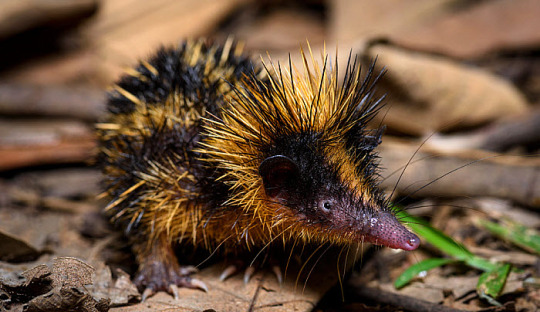
(Photo by Nick Garbutt)
Conservation Status- Least Concern
Habitat- Madagascar
Size (Weight/Length)- 280 g; 172 mm
Diet- Worms; Insects
Cool Facts- Yet another weird animal lives on Madagascar. This mammal took a rule from the amphibian handbook and it a bright yellow and black, a warning to predators. Get too close and it shows off an amazing ability. Spines hidden under its fur flare up around its body. When the spines rub together, they produce a sound too high pitched for humans to hear which it thought to ward off predators, however there is still a lack of research on these animals to fully understand the purpose of this sound.
Rating- 11/10 (Spiny boy over here trying his best.)
#Animal of the day#Animals#Mammals#Sunday#August 22#Lowland streaked tenrec#Biology#Science#Conservation#The more you know
130 notes
·
View notes
Photo
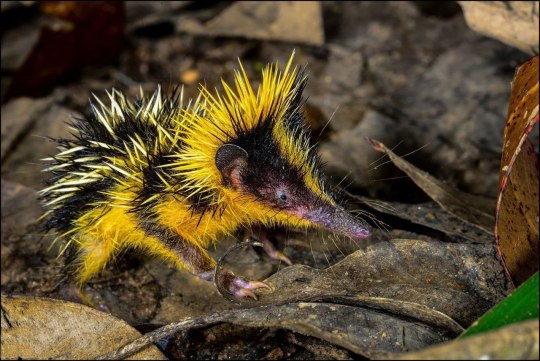
🔥 The Lowland Streaked Tenrec (Hemicentetes semispinosus) ,found in Madagascar.
2 notes
·
View notes
Photo
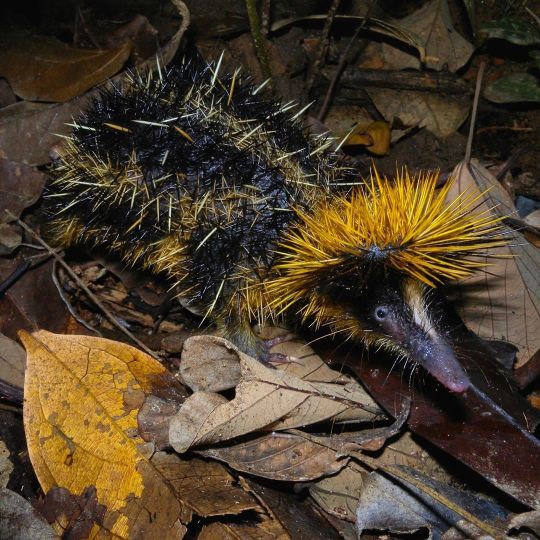
What’s black and yellow, covered in quills, and native to Madagascar? Meet the lowland streaked tenrec (Hemicentetes semispinosus). Its quills can be deployed to discourage predators like the Malagasy ring-tailed mongoose and Dumeril boa. The quills aren’t just armor—they can also be used for communication! By rubbing quill tips together, the animal creates a sound that’s thought to signal others. An insectivore, the tenrec uses its pointy snout to go after earthworms and other small soft-bodied invertebrates. Photo: Frank Vassen https://www.instagram.com/p/B9GG8OFgEGJ/?igshid=9r3vj0yhavft
639 notes
·
View notes
Text

Lowland Streaked Tenrec
Hemicentetes semispinosus
Source: Here
268 notes
·
View notes
Photo
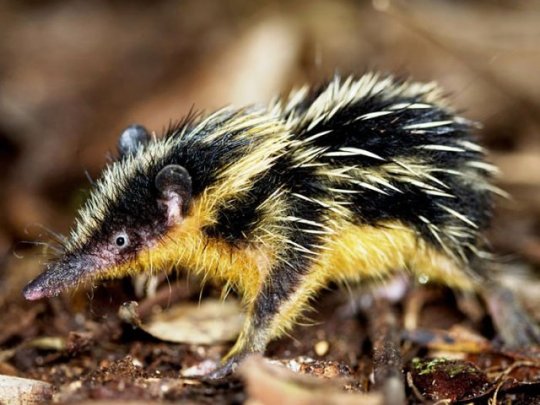
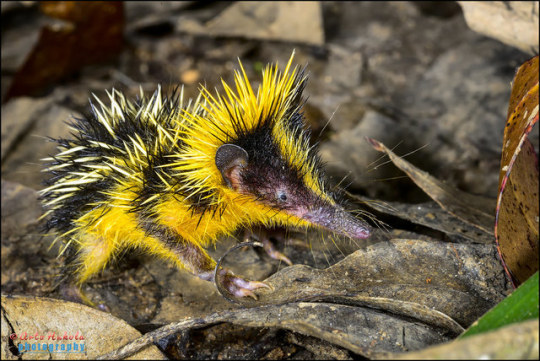
What in the world are these little creatures?They are lowland streaked tenrecs (Hemicentetes semispinosus), which live in Madagascar, off the coast of Africa. Weird and wonderful, yes?
#Animals#tenrec#lowland streaked tenrec#weird and wonderful#weird and wonderful animals#cute little animals#cute little creatures#unusual animals#tropical animals#madagascar wildlife#cute animals#looks like a cartoon
205 notes
·
View notes
Text

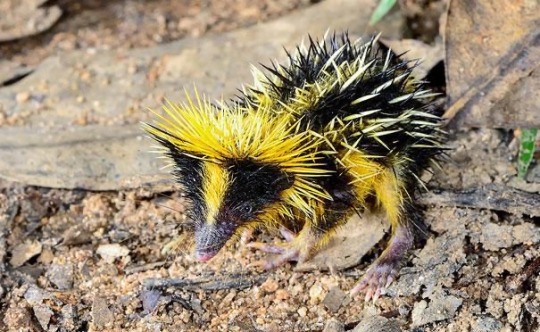
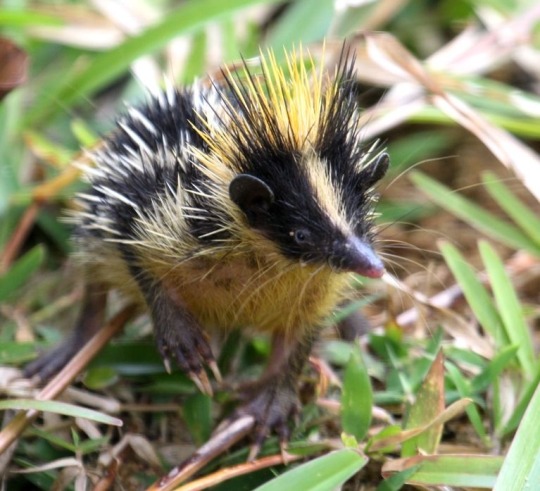
Lowland Streaked Tenrec (Hemicentetes semispinosus)
tenrecs are said to resemble a cross between a shrew and a hedgehog! while for the most part they take on the appearance of a shrew, they have long, sharp spines used for defense just like a hedgehog does. they inhabit the eastern parts of madigascar, and are the only sociable tenrec species, living in family groups of up to 20 members. the streaked tenrec are also the only mammals who practice stridulation (rubbing body parts together to create sound), using their spines to talk to others of their species!
3 notes
·
View notes
Photo
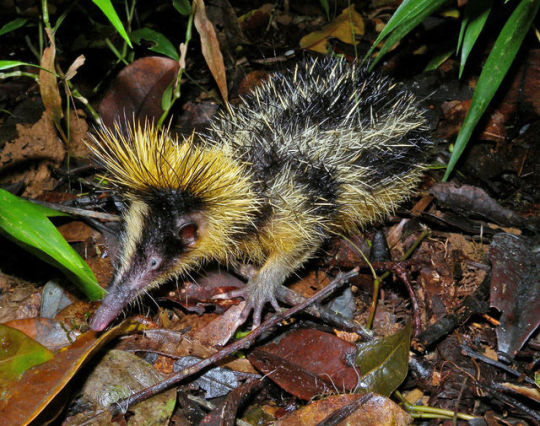
Lowland Streaked Tenrec (Hemicentetes semispinosus) by Frank Vassen
The lowland streaked tenrec is native to Madagascar rain forests. These tenrecs are one of 31 extant species of tenrec. They feed primarily on earthworms and are active day and night.
18 notes
·
View notes
Photo

Arche 0678 — Hemicentetes semispinosus. Samedi 28 janvier 2016, Ima. _________________________________________ Né le 18 octobre 1989, Ima est un illustrateur et un dessinateur français de bande-dessinée. Passionné depuis tout petit par le dessin, son cursus scolaire et professionnel est pourtant très éloigné de son rêve initial : titulaire d'un bac général et scientifique, il fût recalé à l'entrée des Beaux Arts. Pas découragé pour autant, il s'inscrit en fac d'art plastique à Bordeaux et se lance dans le monde de la BD, parfois aidé par son colocataire de l'époque qui lui inspire son premier récit (inachevé) « Dany le coq » et qui scénarise une deuxième histoire : « À l'Ouest ». Sur son site (finaliste en 2013 et en 2015 de la « Révélation blog sauvage » au festival international de la BD), Ima propose des histoires courtes mais surtout des récit fleuves, ambitieux et interminables, publiés par chapitres comme « Au fond de la piscine » (un homme se perd dans un étrange monde souterrain), « Une BD qui se passe le temps d'une soirée » (comme son nom l'indique) et « Rien n'est plus drôle que le malheur » (un bus scolaire se perd dans une autre dimension, dangereuse et à la logique parallèle). Fier de son style bien à lui et de son sens – audacieux – de la couleur et de la narration, il reprend à son compte une phrase de Schopenhauer qui résume assez bien son travail : « Si le détail est comique, l'ensemble est tragique ». Son blog, sur lequel vous pouvez découvrir son univers : http://globelami.blogspot.fr/ _________________________________________ « Projet Arche » : un animal dessiné en quelques minutes chaque jour pendant dix ans. http://projetarche.blogspot.fr/
0 notes
Text
I'm pretty sure this is a lowland streaked tenrec Hemicentetes semispinosus. Although tenrecs are superficially similar to hedgehogs and shrews they're actually more closely related to elephants!
Everyone please. Please look at this animal. It’s called a tenrec and they live in Madagascar and lOOK AT IT!!!!!!! He’s just a little guy! A creachure!!!!!
#lowland streaked tenrec#animals#mammals#tenrecs#s o: afrotheria#o: afrosoricida#s o: tenrecomorpha#f: tenrecidae#s f: tenrecinae#g: hemicenteles#sp: h. semispinosus#tiktok
28K notes
·
View notes